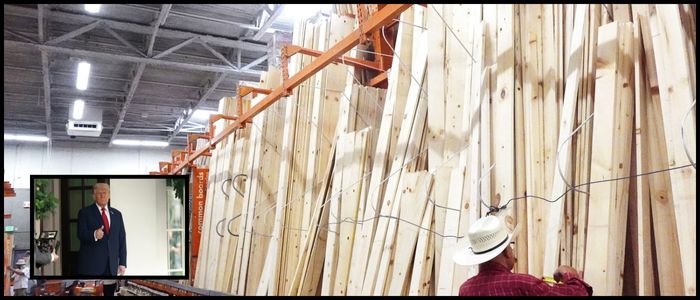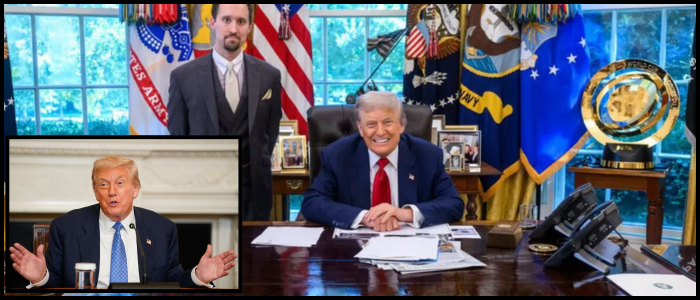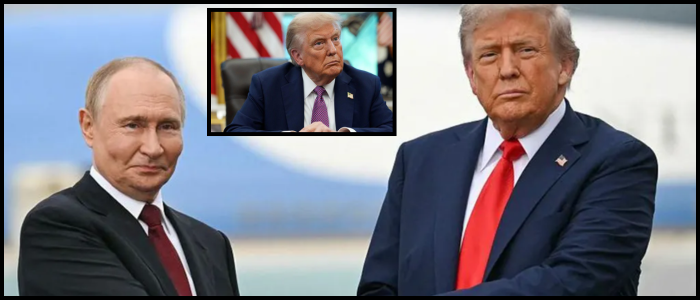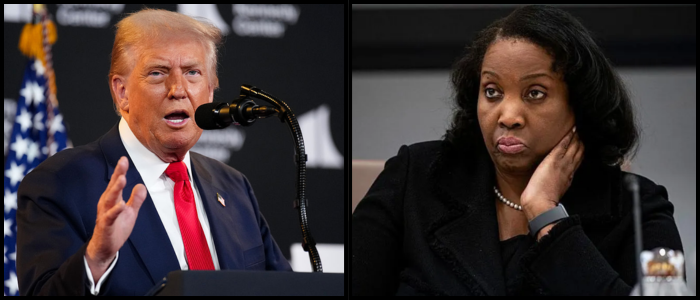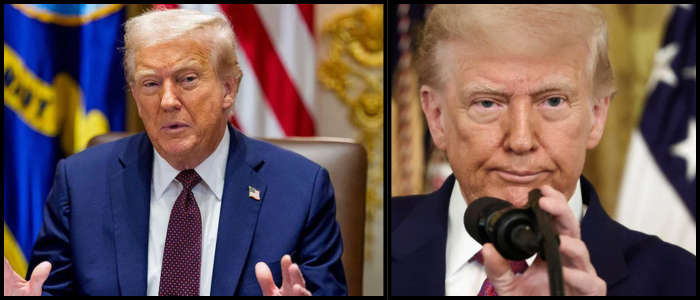The heavy duties have left India scrambling for solutions. Prime Minister Narendra Modi has promised tax relief measures to soften the impact and has appealed for greater domestic reliance. Earlier this month, he told citizens that a “massive tax bonanza” was on the way for households and millions of small businesses.
Modi Urges ‘Made in India’ Spirit
During Independence Day celebrations at Delhi’s Red Fort, Modi, dressed in a saffron turban, called on businesses and shop owners to display “Swadeshi” or “Made in India” boards. His message emphasized pride-driven self-reliance at a time when global protectionism is rising.
“We must not sit and cry about our difficulties; we must rise above them,” he declared, a line he has repeated in other public speeches this week.
For industries dependent on exports such as garments, shrimp, and diamonds, Trump’s steep tariff presents a direct challenge. Modi’s call has therefore been framed as a response to the tariff shock, urging citizens to both make and spend within India.
Tax Reforms to Boost Consumption
India’s manufacturing share in GDP remains stagnant at around 15% despite years of subsidies and incentives. To counter this, the government is planning aggressive tax reforms.
After a $12 billion income tax cut earlier this year, Modi now wants to simplify the goods and services tax (GST), which was launched eight years ago to streamline indirect taxation. The new plan aims at a two-tier GST system to reduce complexities and costs.
Analysts expect the proposed reforms, worth an estimated $20 billion, to revive private consumption, which drives nearly 60% of India’s economy.
While rural demand has remained resilient thanks to good harvests, urban consumption has slowed due to job cuts and lower wages in key sectors. Modi’s tax measures are expected to support a recovery, lift GDP, and reduce inflation.
Consumer-driven sectors like scooters, small cars, garments, and housing materials could see demand rise, especially during Diwali. Meanwhile, economists suggest that the GST cuts could have a stronger multiplier effect than earlier corporate and
income tax reductions. India’s central bank, which has already lowered interest rates by 1%, may also reduce rates further to stimulate lending.
Markets React as Growth Concerns Remain
Despite uncertainties from tariffs, India’s stock markets have responded positively to tax announcements. The country recently received a rare sovereign rating upgrade after 18 years, a move that can reduce borrowing costs and attract more foreign investment.
The boost also coincides with a planned salary hike for half a million government employees starting next year.
Still, India’s growth rate has slowed compared to the 8% levels seen in past years. Trade talks with Washington have been called off amid rising tensions over Russia-related energy purchases, and experts warn that tariffs of 50% resemble sanctions between two major economies – a scenario unimaginable until recently.
Politics
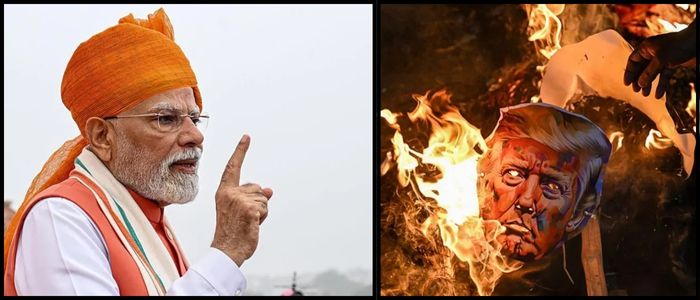
Trump’s 50% Tariff Hits India as Modi Pushes Self-Reliance

Donald Trump’s 50% tariffs on India have officially come into force, weeks after he ordered an additional 25% penalty over India’s continued purchases of Russian oil and defense equipment. With this, India – a key US partner in the Indo-Pacific – now faces among the steepest tariff rates globally. The move threatens to hurt exports and growth in the world’s fifth-largest economy, as the US was, until recently, India’s largest trading partner.






